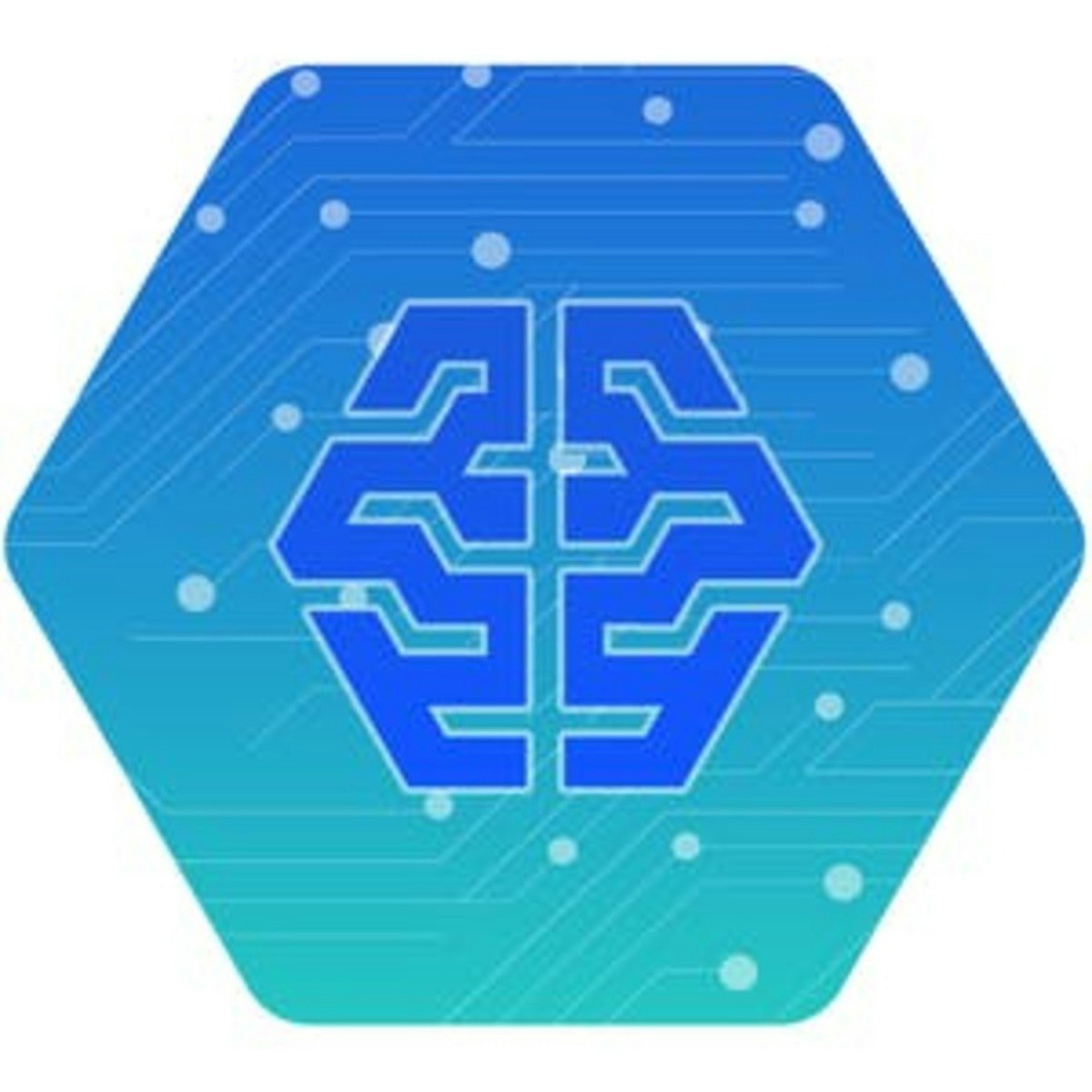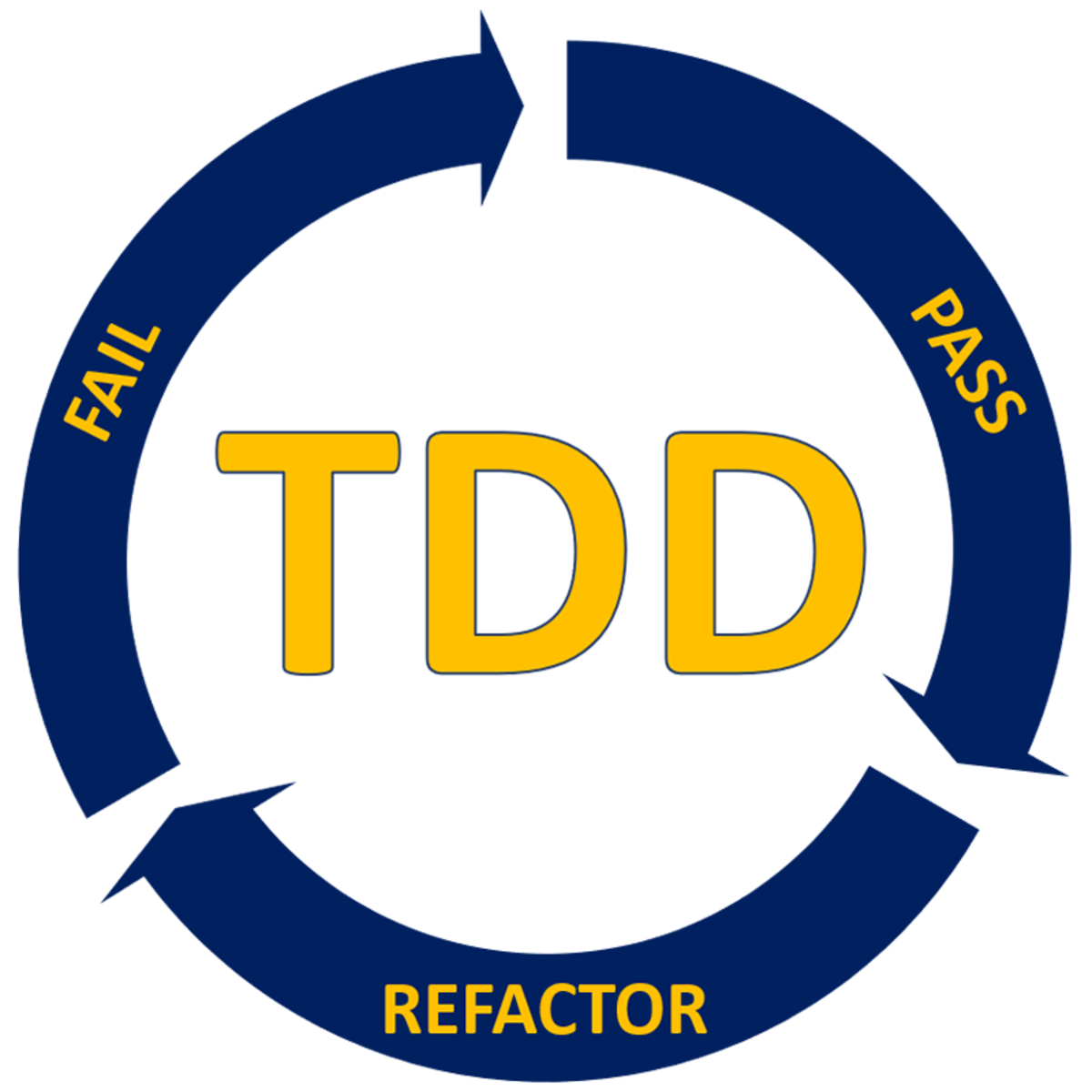Back to Courses









Information Technology Courses - Page 30
Showing results 291-300 of 1471

Modernizing Data Lakes and Data Warehouses with Google Cloud
The two key components of any data pipeline are data lakes and warehouses. This course highlights use-cases for each type of storage and dives into the available data lake and warehouse solutions on Google Cloud in technical detail. Also, this course describes the role of a data engineer, the benefits of a successful data pipeline to business operations, and examines why data engineering should be done in a cloud environment.
This is the first course of the Data Engineering on Google Cloud series. After completing this course, enroll in the Building Batch Data Pipelines on Google Cloud course.

Gmail: Getting Started
This is a Google Cloud Self-Paced Lab. Learn how to use Gmail to create, send, view, and reply to emails. You can complete this lab in 10-15 minutes or use the extra time to explore Gmail features.

Principles of UI/UX Design (Mobile)
Learn the fundamentals of User Experience (UX) research and design. You’ll learn how UX insights relate to design decisions and how accessibility affects users. You will get a brief tour in modern User Interface (UI) design, learn the basics of Figma and understand the importance of micro interactions.
By utilizing the UI design process, you will be able to create Minimum Viable Product (MVP) style prototypes from your mockups. Finally, you will be introduced to some methods of data design and the roles of templates and Content Management Systems (CMS).

Linux Server Management and Security
Whether you are accessing a bank website, Netflix or your home router, chances are that your computer is interacting with a Linux system. The world runs on Linux. In this course, we will dive into how Linux works from an enterprise perspective.
In week 1 we will look at what Linux is used for in the enterprise. By the end of week 1, you will be able to differentiate between different versions of Linux and understand how they are used in an enterprise environment. In week 2, we will explore how Linux systems are configured. By the end of week 2, you will be able to demonstrate different Linux commands and how they are used. You will also be able to interact with a Linux system. In week 3, we will explore Linux authentication mechanisms and how to add users and user controls to a Linux system. By the end of week 3, you should be able to demonstrate how to appropriately add users to a Linux machine and secure them. In week 4, we will explore how to harden a Linux system. By the end of week 4, you should be able to classify different technologies to secure Linux and differentiate access control methods for Linux applications.

Big Data Analysis to a Slide Presentation
This is a self-paced lab that takes place in the Google Cloud console.
This lab leverages two Google developer platforms: G Suite and Google Cloud Platform (GCP). It uses GCP's BigQuery API, Sheets, and Slides to collect, analyze and present data.

SAP Design, Pitch & Re-design
SAP Design, Pitch and Re-Design is the fourth course in the SAP Technology Consultant Professional Certificate program. The course dives into the SAP Implementation lifecycle so you can immerse yourself in the key phases, including design, pitch, and re-design.
You’ll work with SAP Activate methodology and look at how to identify business requirements to determine system and data requirements. You’ll learn how to interrogate the gaps between SAP technical capabilities within Business Technology Platform and the customer’s existing environment. You’ll explore how popular tools such as JAVA, Python, Golang, and R are used to develop a technical design. You’ll then consider technical design with respect to cloud models, architecture, systems, infrastructure, and data. Plus, you’ll delve into the world of APIs, 3rd party tool integrations such as CRM or ERP, security, storage, environment settings, and migration.
By the end of this course, you will be able to:
Explain what a technology consultant does in the Design, Pitch and Re-Design phases of the SAP Implementation lifecycle.
Explain how to review a solution proposal and business requirements to determine SAP application technical requirements for customers.
Describe how to interrogate gaps between SAP technical capabilities and the customer’s existing environment.
Explain how to design an SAP technical solution that fulfills the business requirements documented in the customer interview, analysis, and communication phases.
Develop a Technical Design Outline in accordance with provided parameters.

Test-Driven Development Overview
In this introductory course you will get both a full overview of what TDD is, when it can and can't be applied, and what its benefits are for practitioners and organizations. You will also have the opportunity to get hands on with a few fun introductory projects where you can apply what you have learned and experience the benefits of this approach to problem solving yourself.
We recommend that you have some knowledge of the Python programming language. Examples and labs use Python.

Big Data Analytical Platform on Alibaba Cloud
Course Description
Building an Analytical Platform on Alibaba Cloud can empower how you take in, analyze, and demonstrate clear metrics from a set of Big Data. This course is designed to teach engineers how to use Alibaba Cloud Big Data products. It covers basic distributed system theory and Alibaba Cloud's core products like MaxCompute, DataWorks, E-MapReduce as well as a bundle of ecosystem tools.
To earn an official Alibaba Cloud certificate please join the Cloud Native courses on the Academy's website:
Big Data Analysis Specialty: https: //edu.alibabacloud.com/course/317
Machine Learning Specialty: https://edu.alibabacloud.com/course/318
Alibaba Cloud Big Data - Data Integration: https://edu.alibabacloud.com/certification/clouder_bigdatainteg

Google Workspace Admin: Getting Started
This is a Google Cloud Self-Paced Lab. Learn basic Google Workspace administration tasks - personalize your Admin Console, update the company profile, load users in single or batch mode.

Caching and Datagroups with LookML
This is a Google Cloud Self-Paced Lab. In this lab, you will learn how caching works in Looker and explore how to use LookML objects called datagroups to define caching policies.
Popular Internships and Jobs by Categories
Browse
© 2024 BoostGrad | All rights reserved


